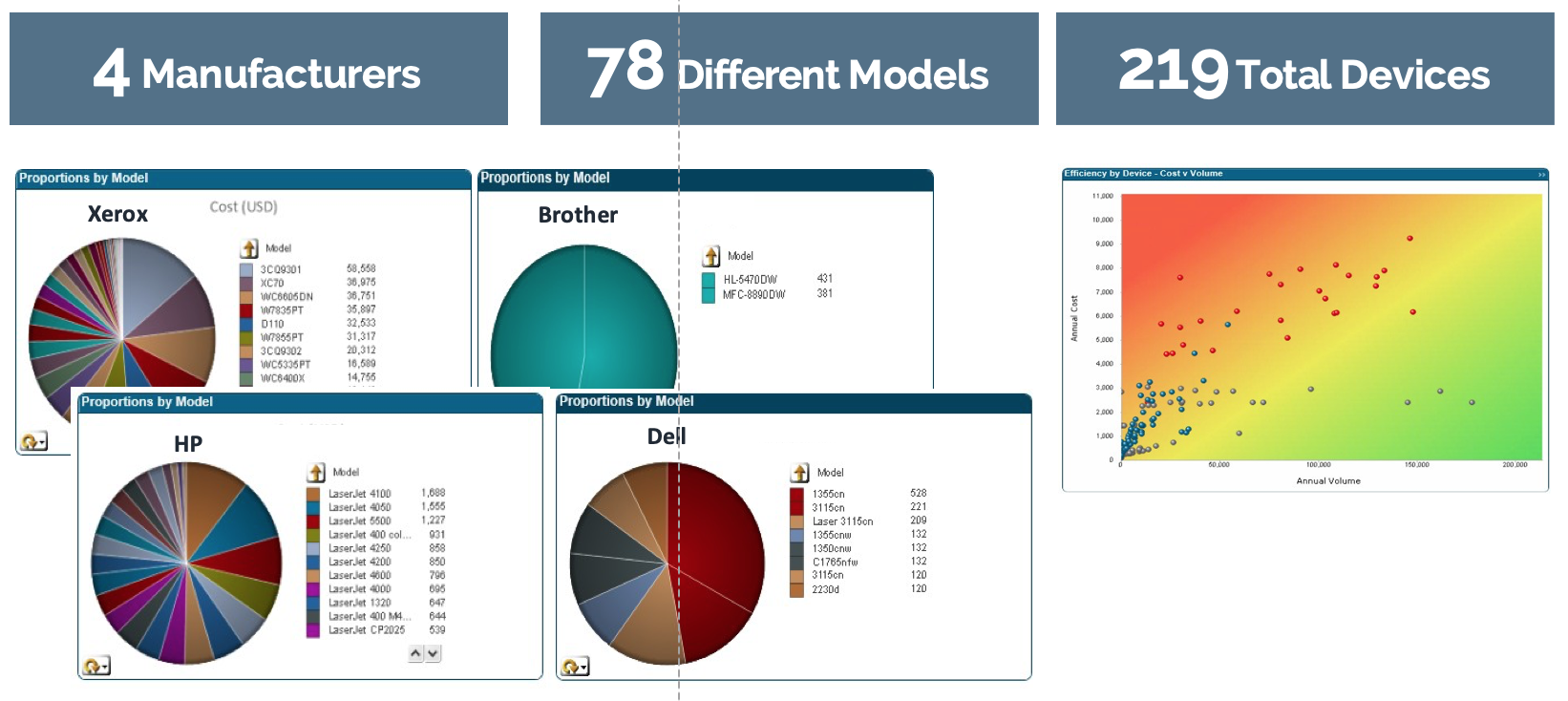I’m sure that you have heard countless definitions of what digital transformation means. Generally, it is defined as the integration of digital technology into all areas of your business, fundamentally changing how you operate and deliver value to customers. Digital Transformation is also a cultural change that requires organizations to challenge the status quo, experiment continually, and implement the best solutions.
Though a definition such as this is a useful abstraction, it does not answer the fundamental question of how to implement digital transformation without creating more problems than you had before you set off looking for digital solutions.
41% of organizations surveyed state recently that they have an enterprise-wide digital strategy in place (up from 27% in 2015), 48% said that problems with devices were “directly hindering” the success of their IT strategies, and another 75% said they had “low levels of confidence” in their ability to fix these problems.
Transformative technologies are judged on their ability to gather, organize and display useful information that exposes inefficiencies in your business infrastructure. This cornerstone of digital transformation is also the most laborious and costly to manage and implement.
A secure place to start your digital transformation journey is to implement a managed print environment. Why start here? Your printers and copiers are full of relevant data, this data can reveal usage and process inefficiencies, and solutions will not impact the flow of your current operations.
Almost three-fourths of organizations see MPS as an essential driver for digital transformation. The trust that businesses have in MPS as a transformative force is that it is easy to gather, organize and make decisions based on asset data.
Implementing MPS based transformation, start by adding up the numbers. The data of a print environment looks like this:
The number of physical machines (copiers, printers, multifunction devices) and their location.
The number of documents created in your organization both digital and analog.
The physical cost of each machine to supply and manage.
The hardware financial requirements such as lease terms or cost of replacement.
From the quantitative value of these numbers, you can begin to build transformative systems that increase efficiency and reduce costs. One such method would be to track the lifecycle of a document from its creation, to how it is communicated (printed, emailed, stored), and finally its dissolution. In this cycle, you have a chance to identify and make decisions based upon established KPIs, transforming workflows.
Taking old paper-based processes into the digital world, automating them to drive efficiency and enabling companies to make more effective use of information. This often involves replacing paper forms with digital versions that funnel data directly into a back-end database, or scanning and storing paper-based documents inside document management systems, making them easier to search through, share and audit. Processes that make it hard to find customer information or extract good, useful data can be ditched for digital processes that help rather than hinder.


